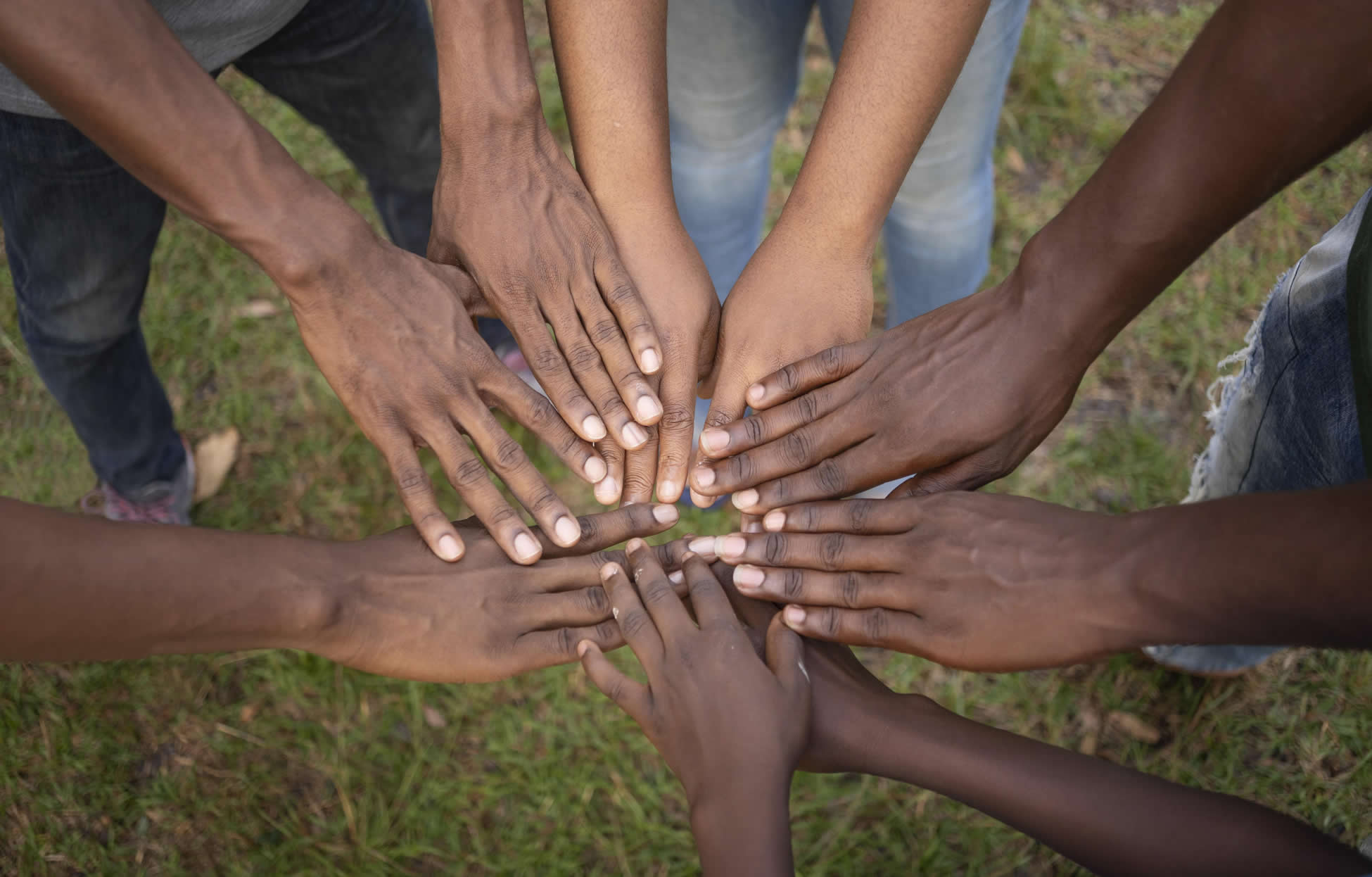
Middle East & North Africa (MENA)
This group is for funders, their grantee partners, CSO networks and their members and individual organizations working throughout the Middle East and North Africa. Use this group to discuss issues of shared concern, share opportunities for collaboration and support.
يمكننا التحدث بالعربية أيضاً في هذه المجموعة
War Child: Number of Children in War Continues to Climb
-
Discussion
-
We’re quoting this report not just to mourn this sad news, but also to highlight and appreciate how civil society members are putting in a lot of efforts to fight the horrible situations in the world.
The number of children living in high-intensity conflict zones has risen by nearly 10 per cent to total 230 million children. With this figure expected to increase dramatically as a result of the Ukraine war, War Child’s commitment to children affected by armed conflict has never been greater.
230 Million Children in War
A new report by Save the Children and the Peace Research Institute Oslo charts this alarming increase – up from nearly 200 million in 2020.
This means that more than half of the children living in a conflict zone – i.e. anywhere within a 50km radius of armed conflict – are spending their days right in the midst of the violence itself.
Afghanistan and the occupied Palestinian territory – both countries where War Child is active – were identified as the top two countries with the highest number of children who were killed or maimed. In addition, the Middle East topped the charts as the region with the highest proportion of children living in conflict zones – one-third of the youth population.
A New Way of Working
While War Child’s approach to prioritise psychosocial support in their humanitarian responses and longer-term projects is gaining traction, this new figure tells them that they need to do more.
In addition, the report findings emphasise the far-reaching impact of the Ukraine war with the 230 million expected to skyrocket by this time next year as well as the number of refugee children worldwide. “We’ve said it before and we’ll say it again – we need new ways of working; faster ways of growing if we have any hope of making a difference in these children’s lives”, says Shahzamani.
The year ahead will see War Child accelerate towards this goal with a new, more efficient and shared way of working firmly in the pipeline.
Learn more about the Global Shared Platform here.
The data featured in Save the Children’s Stop the War on Children report and in this article was collected over the course of 2021.

